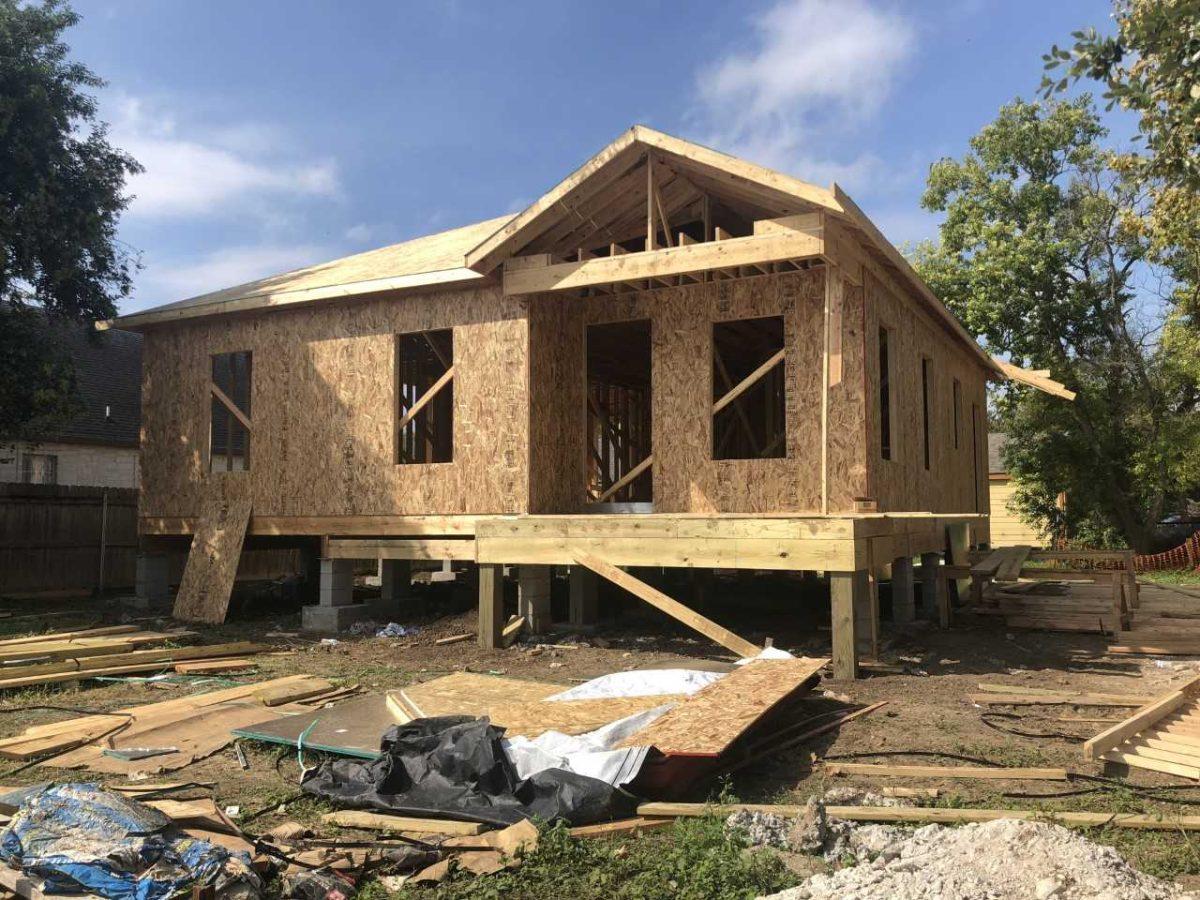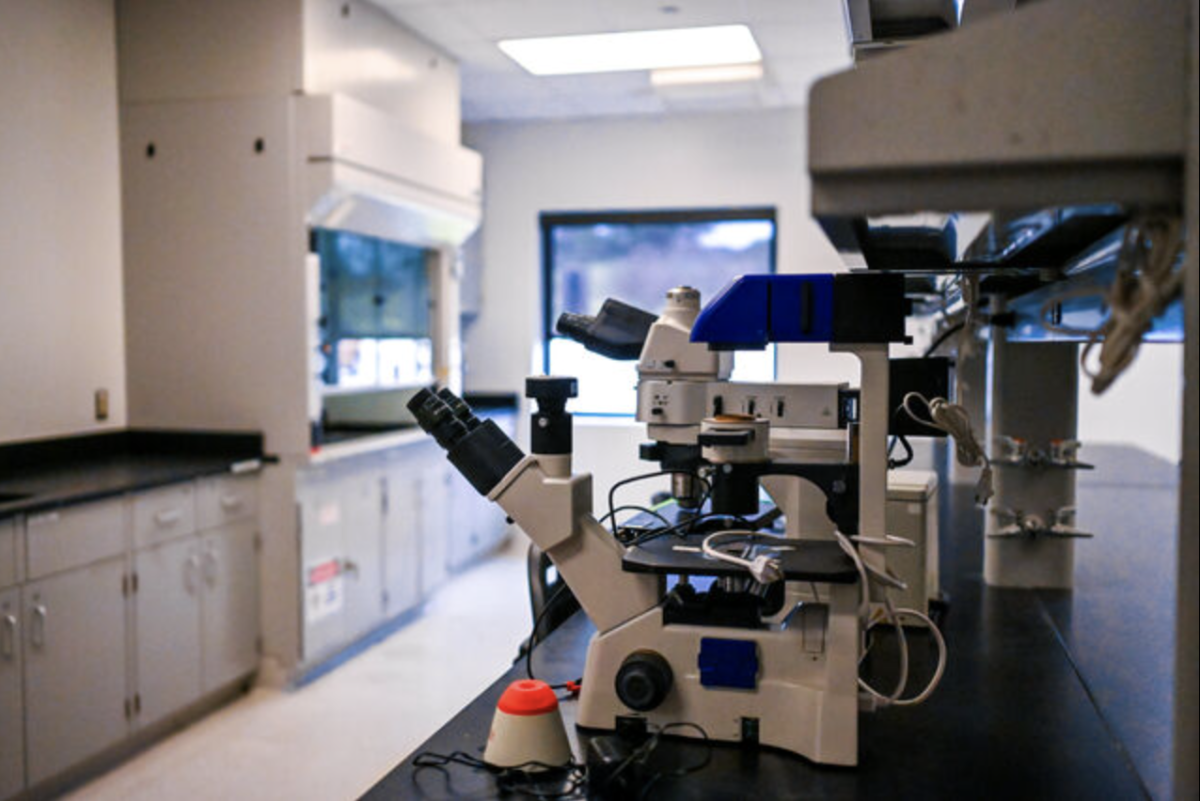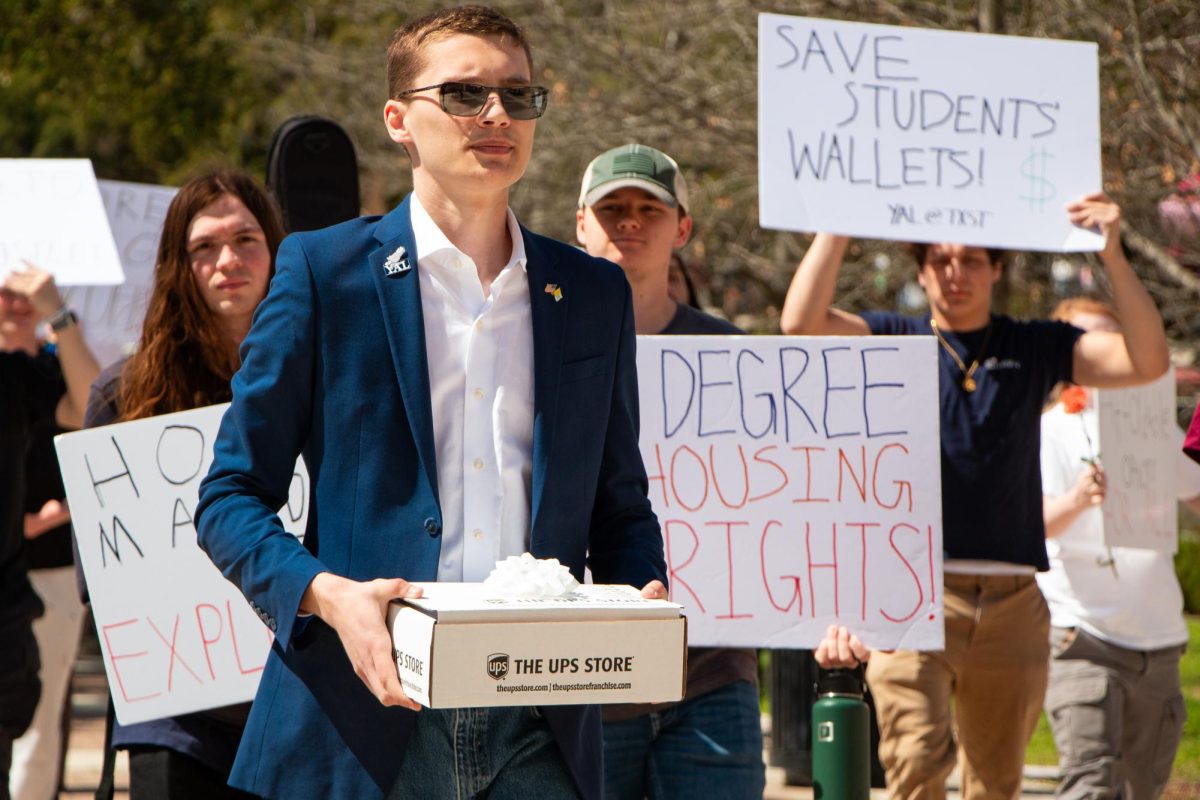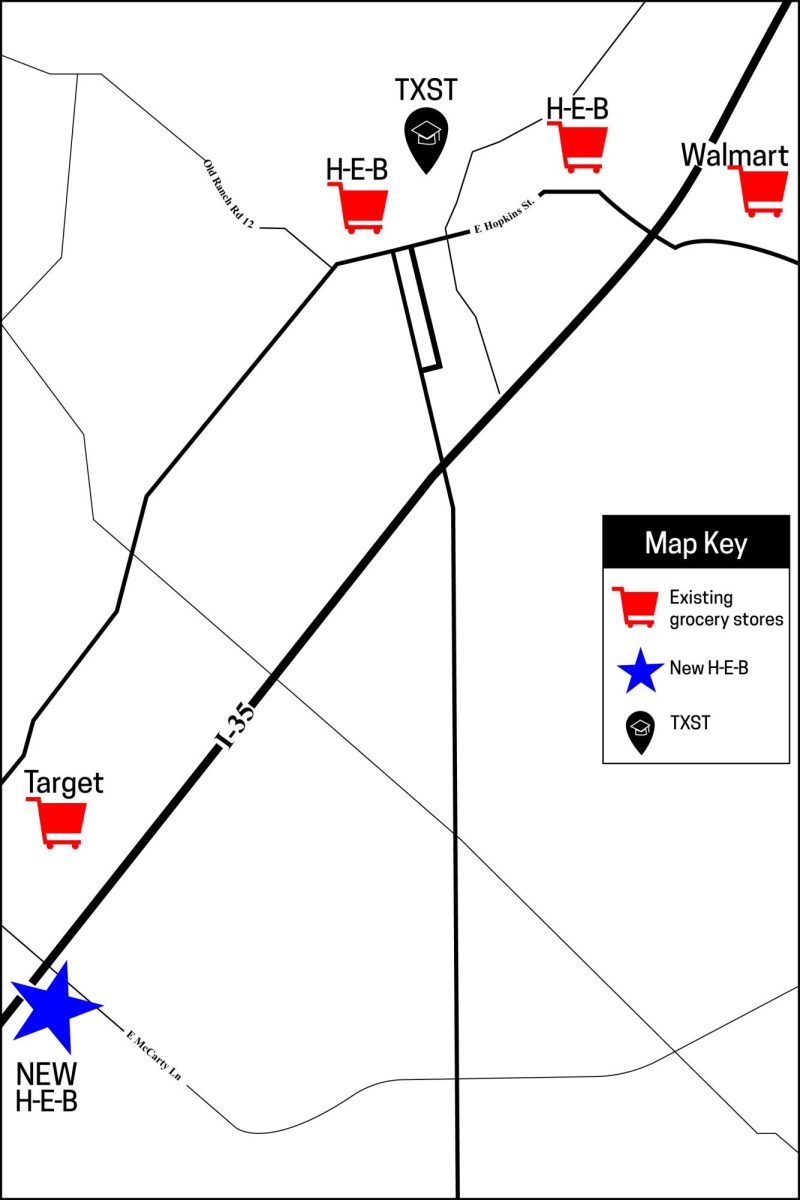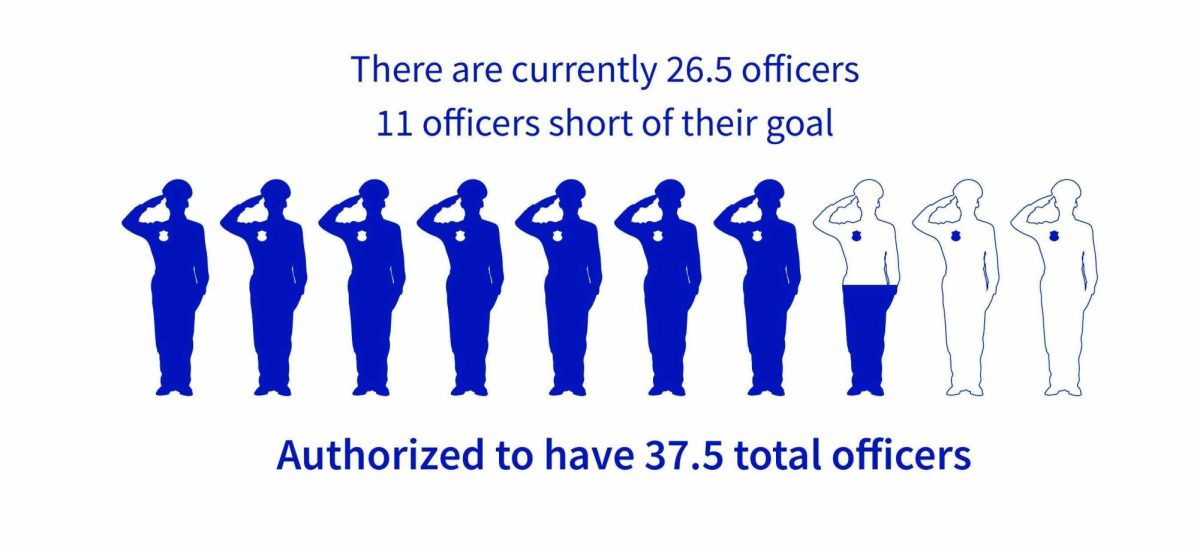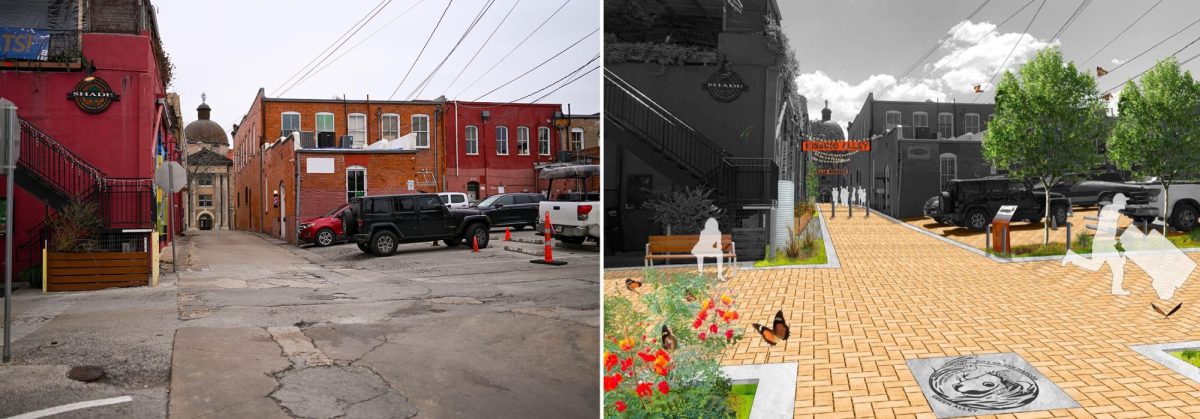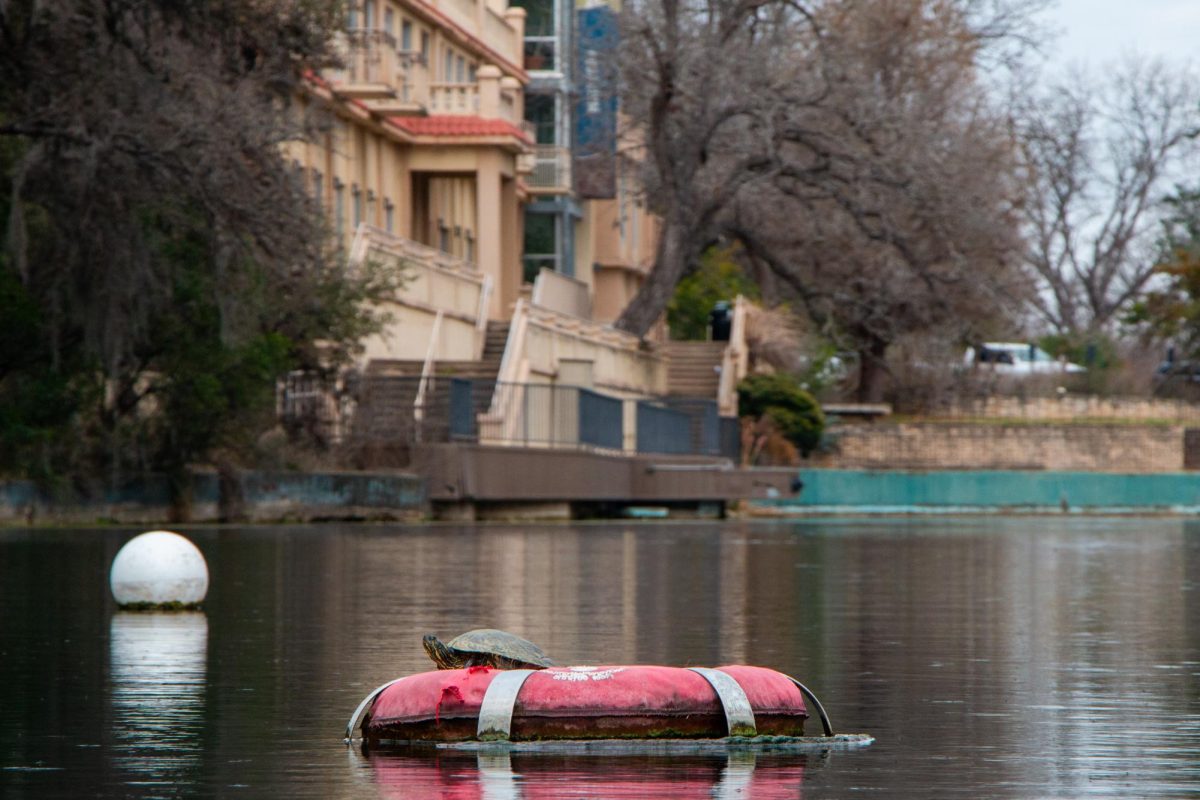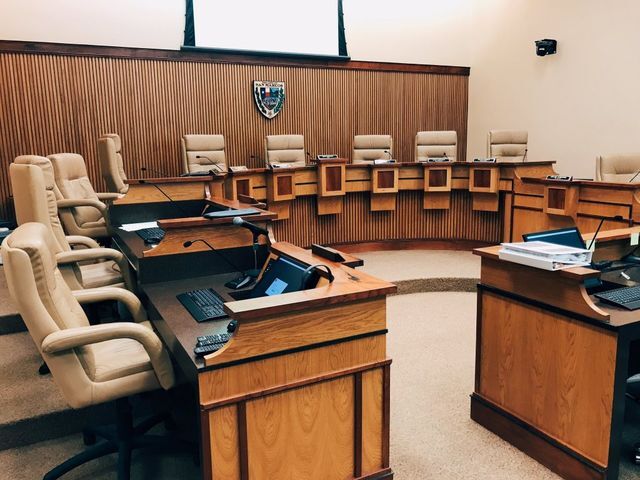In the wake of the destructive 2015 floods, a city-led initiative aided 10 residents in rebuilding their homes. Even more, it’s helped the city brace for future floods.
The 2015 Memorial Day and October floods that hit San Marcos damaged 1,558 homes and 35 businesses. Under Substantial Amendment No. 7 to the Community Block Grant, the city of San Marcos was awarded over $33 million by the U.S Department of Housing and Urban Development to repair the damage and to devise plans to alleviate future floods.
Damage from the high waters affected five areas in San Marcos: Midtown, Blanco Gardens, Clarewood and Barbara Drive, Uhland Road and Rio Vista. Any resident of a San Marcos home that sustained direct damage from the May 23 or Oct. 30 floods could be eligible to apply for the Homeowner Assistance Program. Included in the CDBG Disaster Recovery Program, over 72 homeowners who experienced water damage have applied to the Homeowners Assistance Program since it opened in 2016.
The program has taken place in waves, with the fifth and final round of housing assistance application to close on May 15. San Marcos resident Eva Leal’s home was badly damaged in the 2015 floods.
“We lost everything,” Leal said. “For over a year I was scared it was gonna flood again. It was a horrible experience.”
Leal applied for the Disaster Recovery Program in 2017 and her new home was unveiled in late 2018. One major change is that her new home was built on elevated stilts.
According to Viviana Huerta, the Disaster Recovery Case manager, all homes rebuilt through the program were placed on stilts.
“The (affected houses) that were contracted and worked with were specific to let the debris and water come out,” Huerta said.
While the program is aimed at helping lower-income citizens in San Marcos, not everyone is as lucky as Leal.
“My neighbors, a lot of them did not apply. And some that did, they made too much money, so they didn’t qualify,” Leal said.
With a total fund of $33 million and only a select few being able to take advantage of the housing assistance, the rest of the grant is being used to benefit San Marcos as a whole.
The Disaster Recovery Access plan includes both the above emergency measures and the proposal of preventative measures.
“The housing is just one component of it,” Harris said. “A major other component is infrastructure projects which are going to address drainage and help the neighborhood not flood at all.”
Harris also gave insight into San Marcos’ better and safer future. He said there will be major drainage projects along the street, one major project along the river, so when the river starts cresting, it won’t crest as bad as it has in the past.
The University Star will continue to update information as it becomes available. For more information visit San Marcos’ flood recovery page.
Categories:
San Marcos disaster recovery coming to an end
March 5, 2019
0
Donate to The University Star
Your donation will support the student journalists of Texas State University. Your contribution will allow us to purchase equipment and cover our annual website hosting costs.
More to Discover


